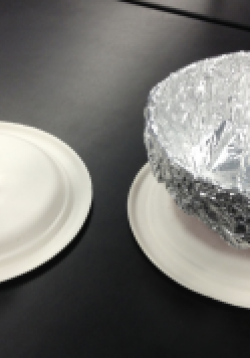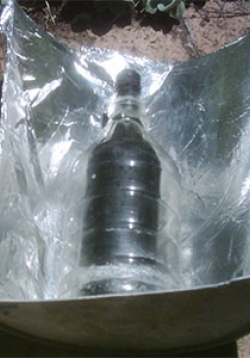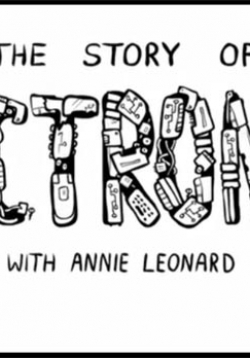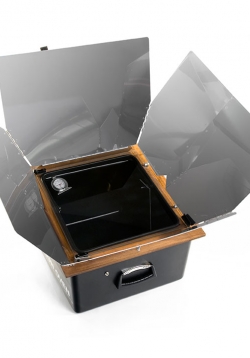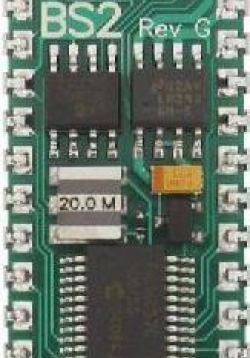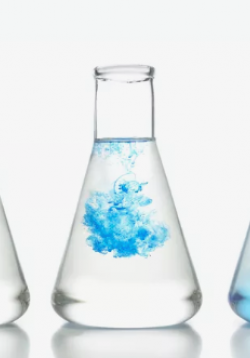Making the Standard Solar Heater
In part one of the activity students will be asked to create a simple solar heater, measure the temperature change in a vial of water, then calculate the heat energy transferred to a vial of water. Students will construct the solar heater, place a set...

